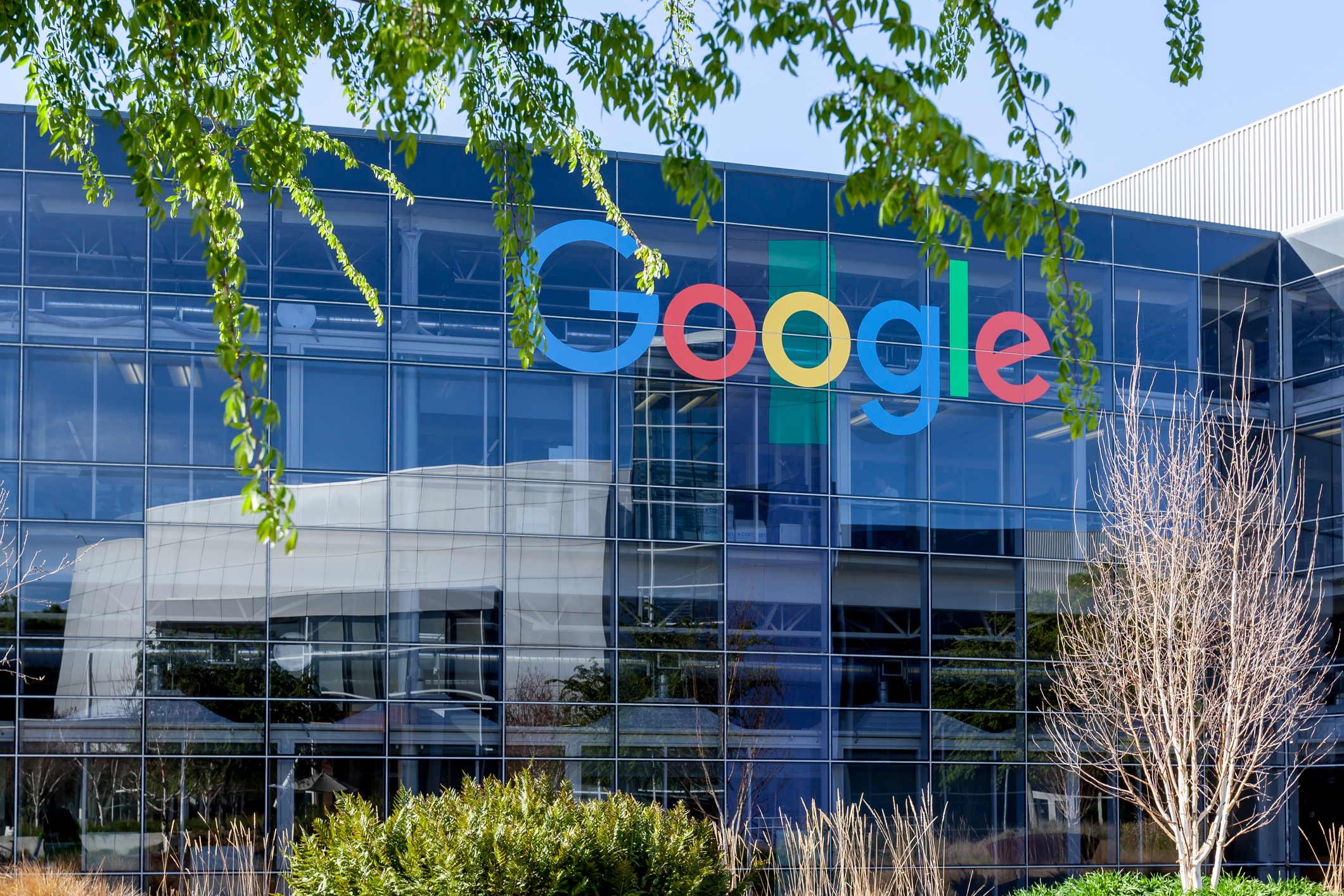
This week, Google has released two new apps that aim to assist the hearing impaired with sound amplification and interpretation. The company’s goal with these applications is to use their expertise in technology to help the 466 million people worldwide who are deaf or hard of hearing. With the World Health Organization estimating that roughly 900 million people worldwide will have hearing loss by 2055, convenient assistive tools like smartphone apps offer huge utility to this community.
One of the apps was actually created in part by a Google employee who has been deaf since childhood named Dimitri Kanevsky. He previously created a similar system called CART that required several devices to provide speech-text translation. Such technology was applicable to scenarios such as business meetings, but he could not use CART in everyday scenarios. His teammate, Chet Gnegy, saw such shortcomings and decided to apply cloud-based AI to this concept to simplify it.
Live Transcribe
The result was Live Transcribe, uses Google’s speech-to-text AI platform to generate text conversations in real time. Google wrote in an article that the Android app gives the hearing impaired much greater autonomy. The post notes that Kanevsky is now able to interact with his twin granddaughters without the help of other family members, and that partners at the leading institute for the hearing impaired, Gallaudet University, provided similar feedback. The University worked with Google to help create the design for Live Transcribe and confirm its efficacy within their deaf community.
The transcription technology is available in over 70 languages and dialects and allows the hearing impaired who cannot speak type responses to those being transcribed. External microphones can be applied to the technology to enhance transcription as well.
READ MORE: Microsoft Australia Develops Soundscape App, Unique Audio Navigation for the Blind
Kanevsky demonstrated the Live Transcribe app by having a conversation about a party with a colleague, using his smartphone to dictate the dialogue. For the demonstration, the transcript was projected onto a larger screen for others to see as well. An article on WIRED noted that the app did not perfectly transcribe through his thick accent, but that the AI was strong enough to distinguish between homonyms like “chilly” and “chili” based on context.
Sound Amplifier
First revealed last year in May, Google has now released a second auditory app as well – Sound Amplifier. This application allows the user to hear audio more easily and clearly. The app allows the user to filter, amplify, and augment sounds perceived via headphones. An interface involving toggles and sliders allows easy customization to sound enhancement settings through the user’s Android device.
“It works by increasing quiet sounds, while not over-boosting loud sounds,” wrote the company in their post.
In another demonstration of Sound Amplifier, Google created a hearing loss simulator in which a set of head phones reduced your hearing abilities. The testers then adjusted the sliders on the new app to adjust volume, ambient noise, clarity, and disturbance in each ear to see how it helps the hearing impaired.
READ MORE: Researchers Develop 3D-Printed Implant That Can Automatically Release Medication
Google launches two new apps that could benefit deaf and hard of hearing Android phone users. A live voice-to-text transcription/captioning app and an amplifier tool to clarify noise/speech. Interesting. Would like to test the Live Transcribe app one day. https://t.co/KJNqY7p55I
— Paul Harrison (@paulbharrison) February 4, 2019







 © 2025 Mashup Media, LLC, a Formedics Property. All Rights Reserved.
© 2025 Mashup Media, LLC, a Formedics Property. All Rights Reserved.